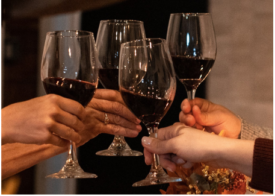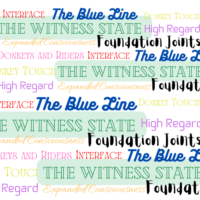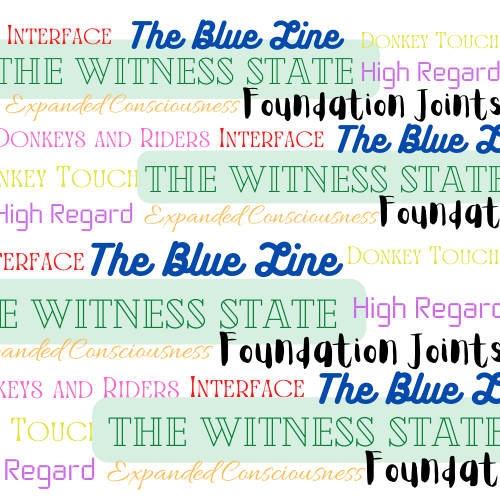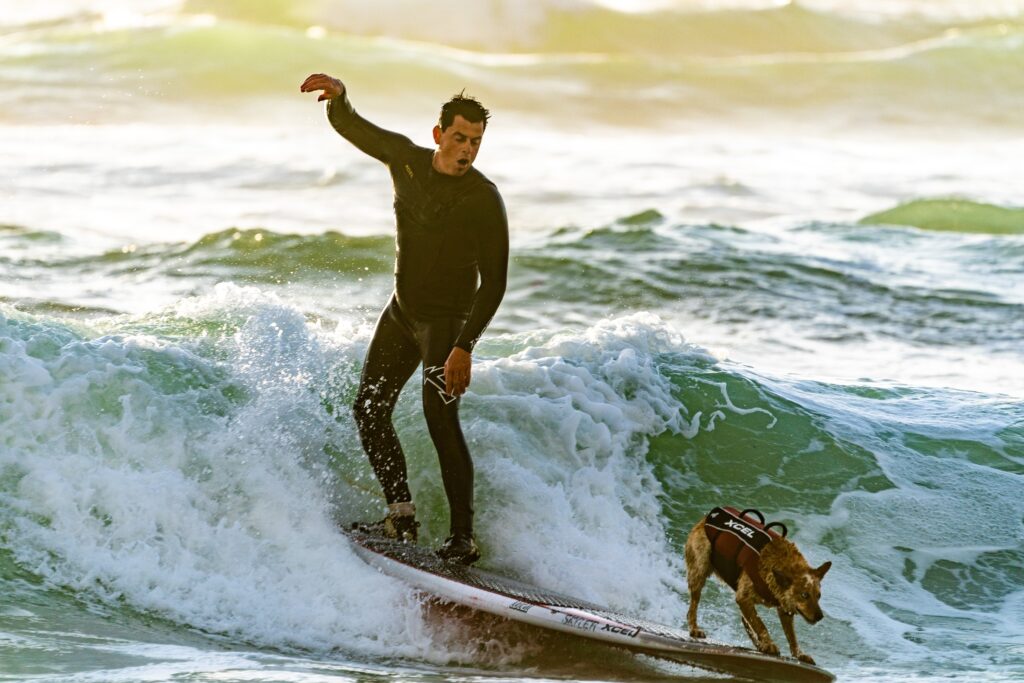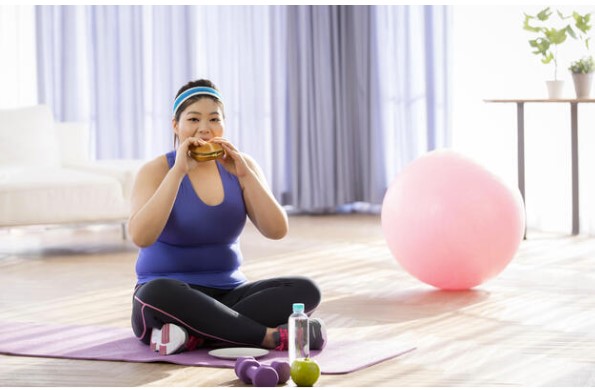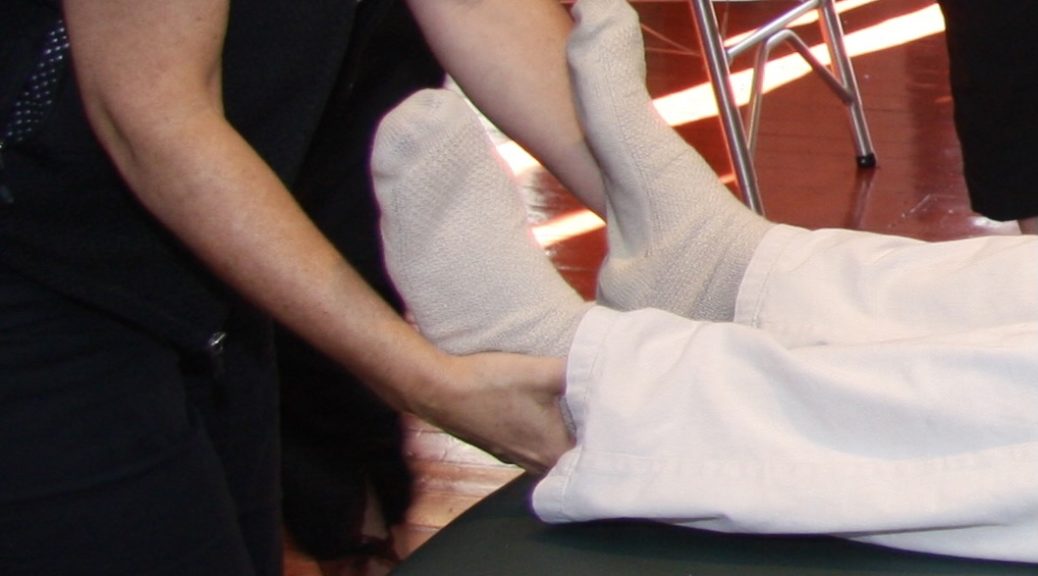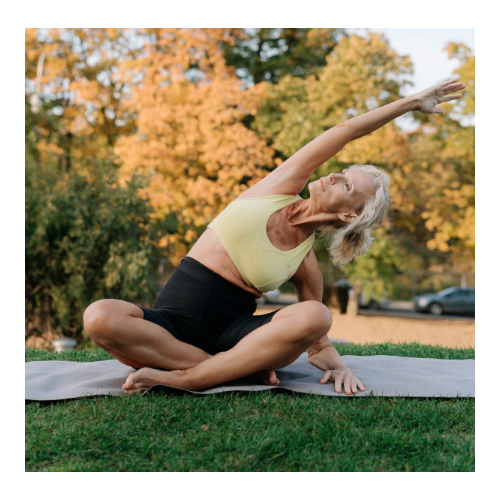Most people come to see me for help with physical pain. I am a Physical Therapist by training so this makes sense. Many don’t know what Zero Balancing is, perhaps have not heard of it. However, they want help with back or neck or shoulder pain and perhaps they have heard from a friend that I was able to help. I occasionally use Physical Therapy tools and most always use Zero Balancing. And people’s pain gets better. What my new clients may not be aware of is how Zero Balancing is helping them on every level of themselves; efficiently wrapped up in one simple 30-minute session. However, I’m aware of it. And I observe changes, sometimes profound changes, in almost everyone I work with.
As my clients’ pain improves, I’ve observed other seemingly unrelated aspects of their lives improve as well. People discover new things about themselves and their bodies, become happier, become more truly who they are, become more able to function in the world with greater ease. The changes are usually subtle at first. Someone who has a hard time saying no spontaneously finds themselves saying no. Someone who has a hard time setting boundaries becomes aware they have set a boundary without really thinking about it. Someone whose life is a roller coaster discovers a new ability to ride the ups and downs. These are some of the unexpected benefits of receiving Zero Balancing treatments. To be clear, my job is solely to give the ZB session and that’s all I am doing. It’s the Zero Balancing session itself that creates change.
I had this experience in my own life multiple times. As I received my monthly ZB sessions, gradually over time my life improved. It was surprising and sometimes astonishing. I felt like I’d been handed a new menu in the restaurant of life; full of possibilities I never thought I’d have access to, feeling grounded, stable, free and happy in ways I’d never dreamed possible.
We live in a stoic culture. Tolerating pain is expected, implicitly and sometimes explicitly. Those who express pain are often labeled wimps or given other derogatory labels. Emotional pain may be greeted with even more derision. Yet as human beings, most of us are subjected to harmful physical and emotional experiences at least once in our lives. Many experience harm multiple times.
From a holistic view, harm on any level affects all the levels. When have any of us experienced a physical disruption without concomitant disruption of many other aspects of our lives? If you sprain your ankle, you may have pain in your ankle and need to use crutches to walk. You may not be able to work. You may need help to make meals or to go grocery shopping. Perhaps you are responsible for making someone else meals or helping someone else shop.
Physically your ankle hurts, yet you are affected mentally and emotionally as well. You may feel anxious or useless when you can’t do your job. You may feel worried or ashamed about not being able to pay your bills. You may feel distressed about letting someone down who depends on you for help. You may need help and find it difficult to ask for or accept help.
A treatment modality that addresses all these levels at once is invaluable from my perspective. While Physical Therapy may be necessary for treating some aspects of physical pain, the addition of Zero Balancing can help the structural injury and the emotional and mental repercussions as well. A treatment modality that helps all parts of the person is powerful medicine.



